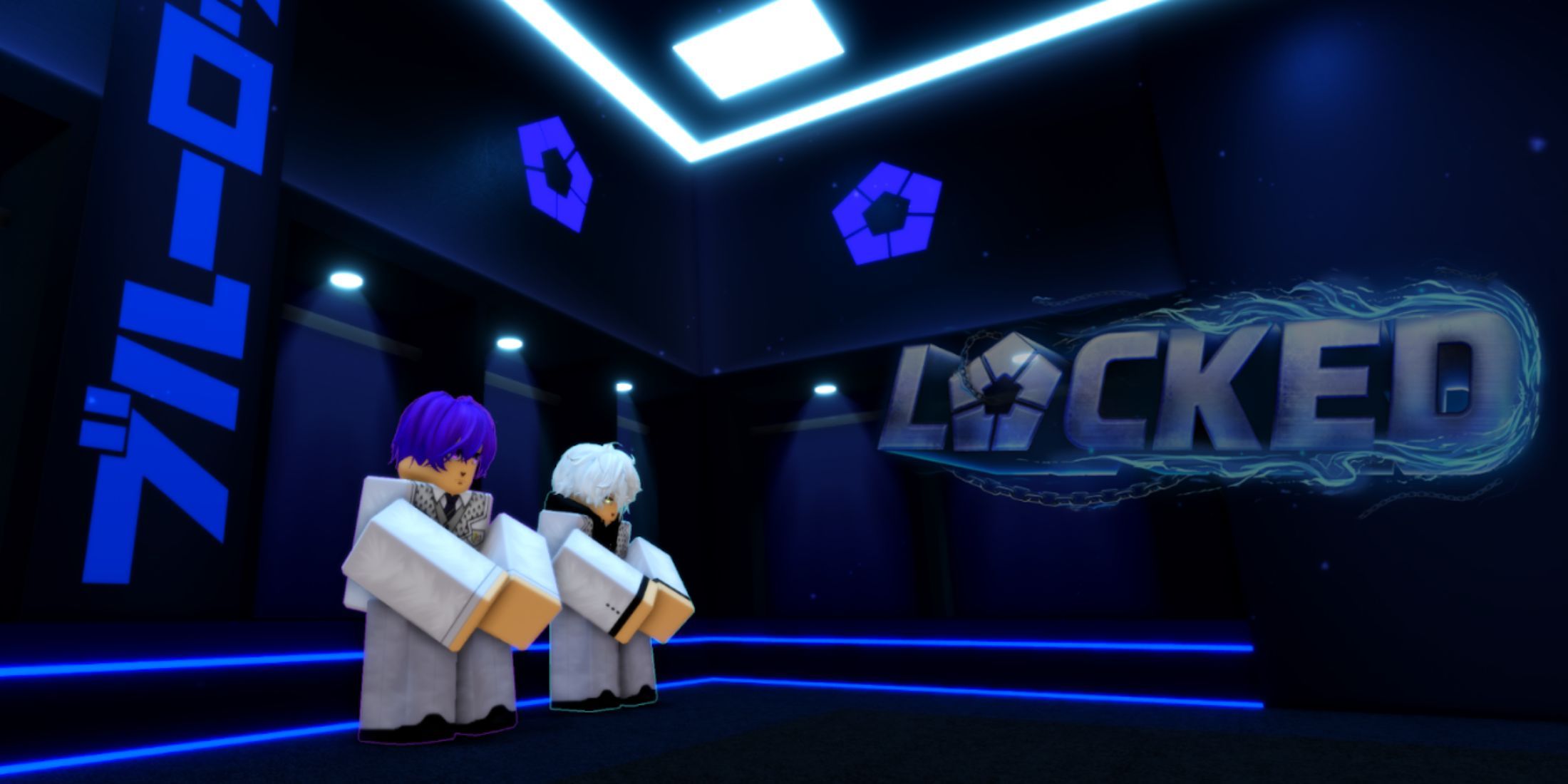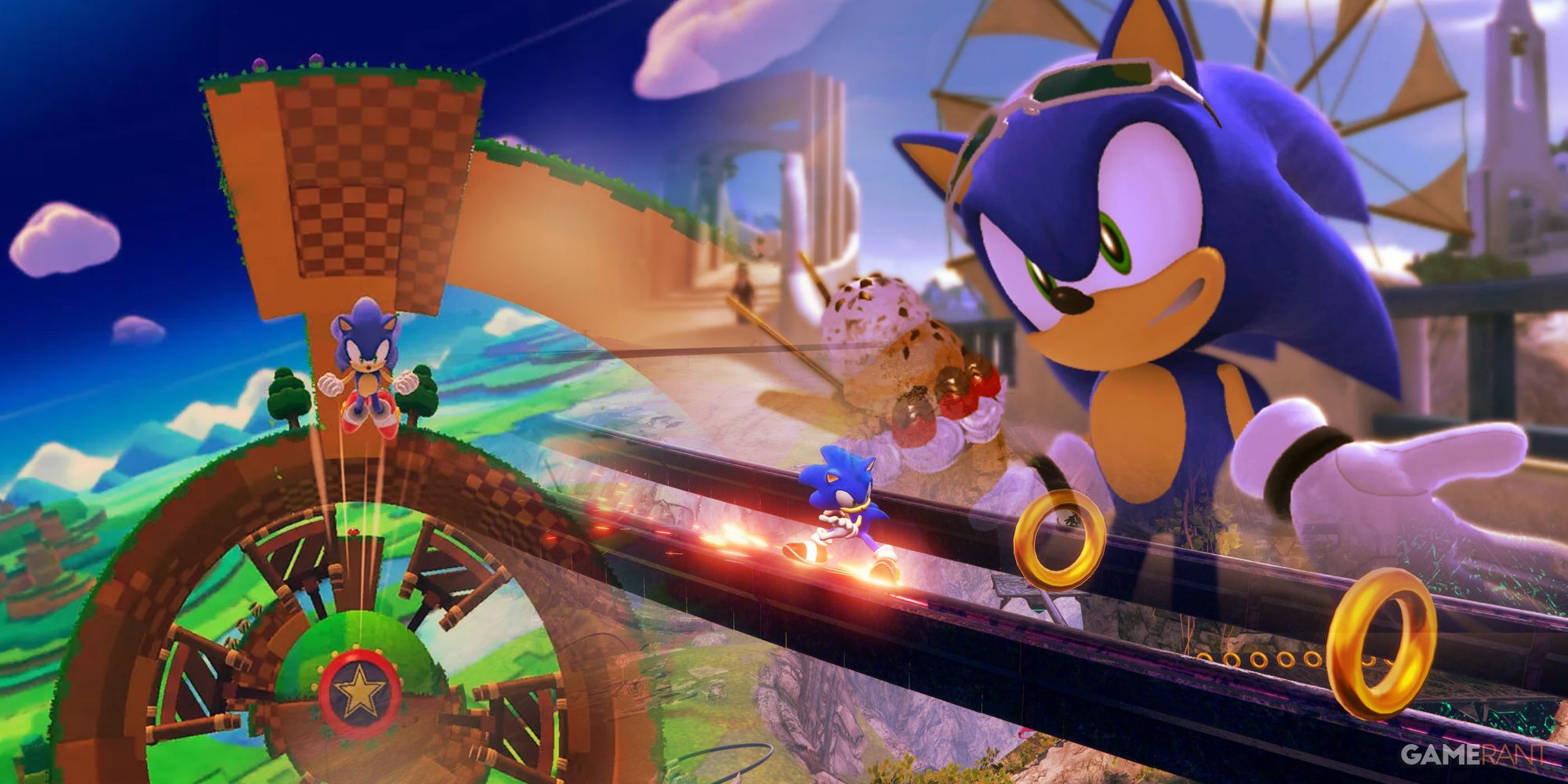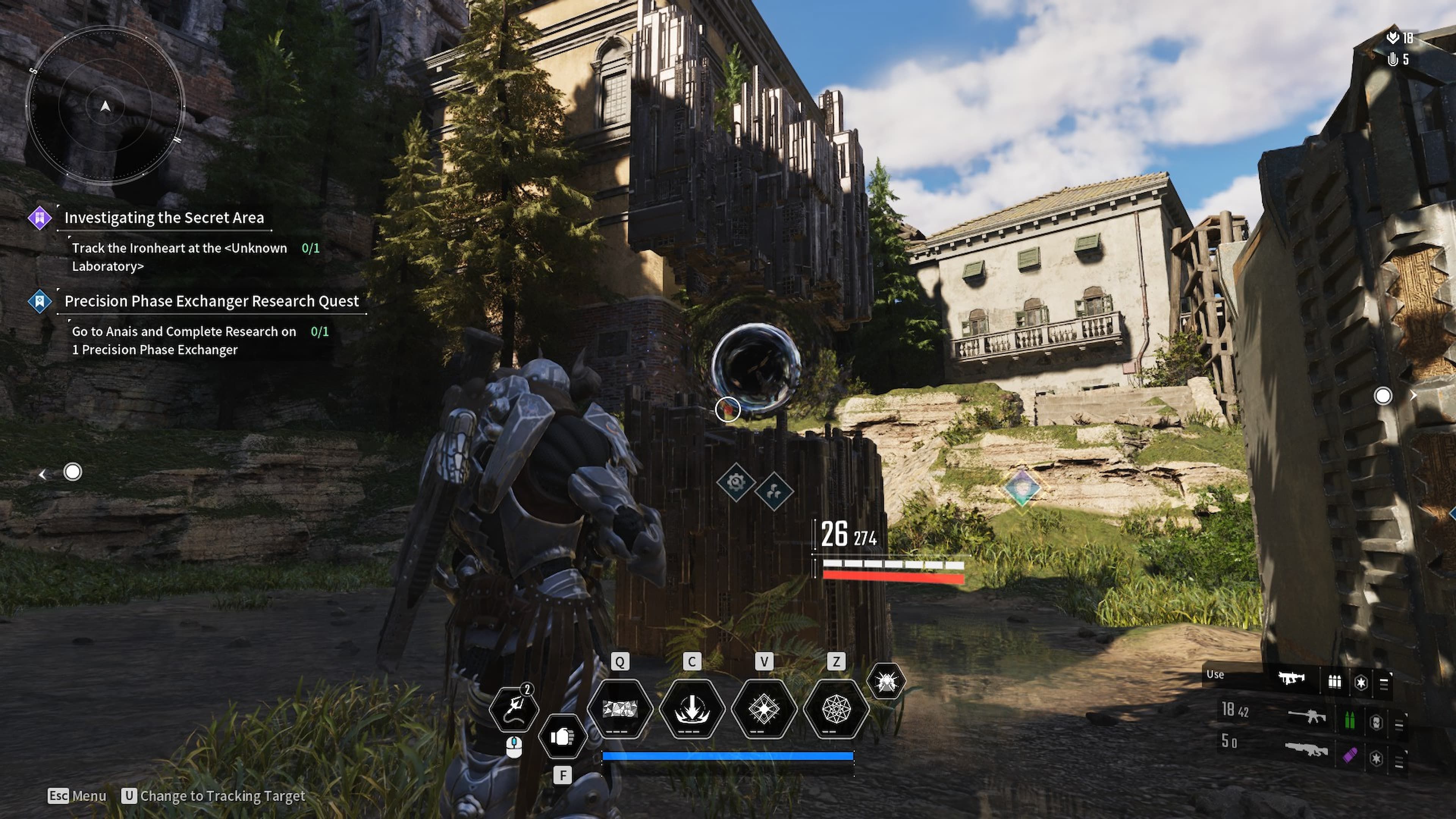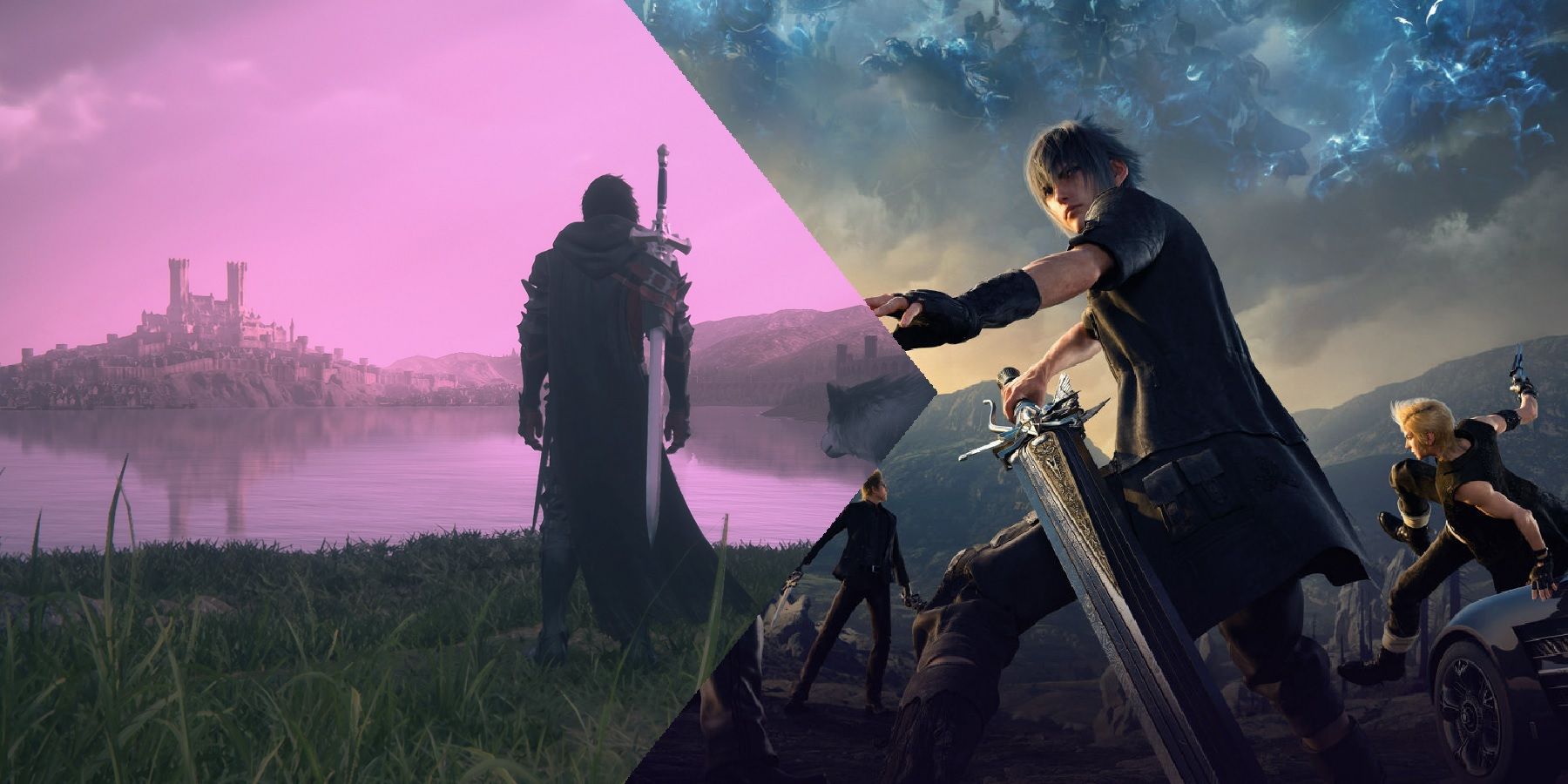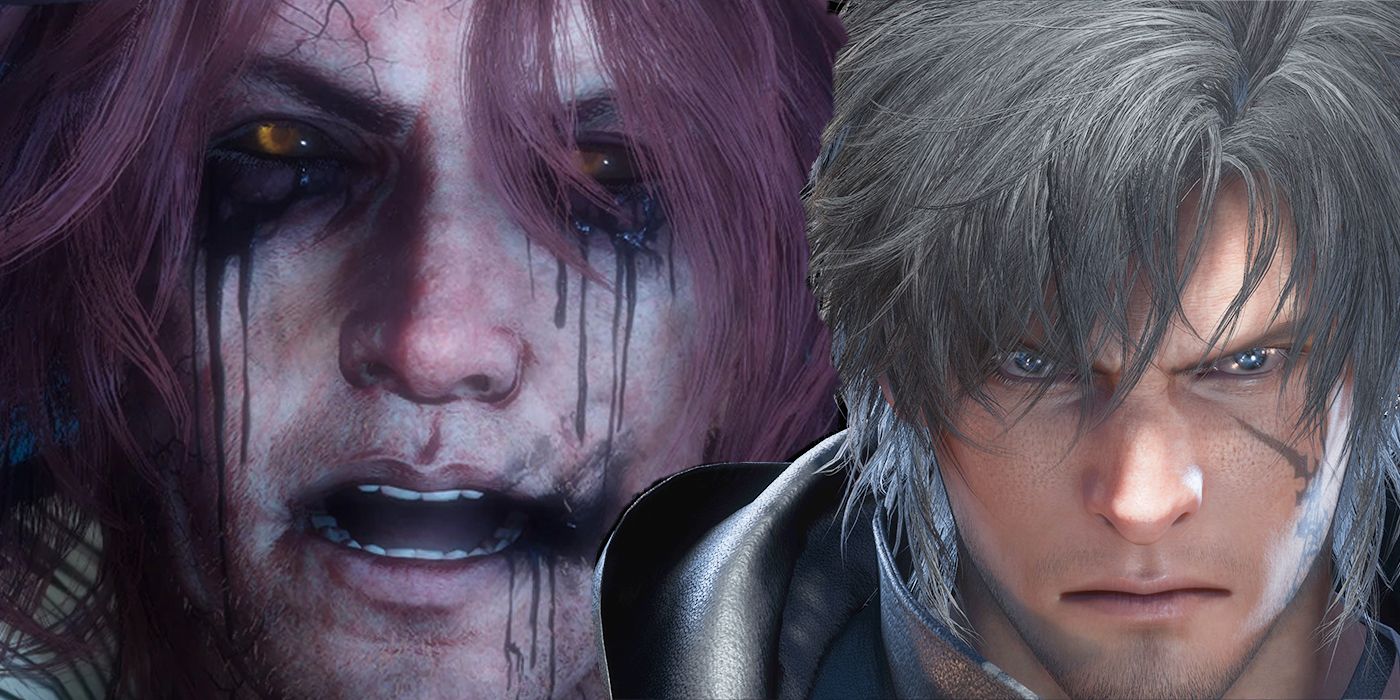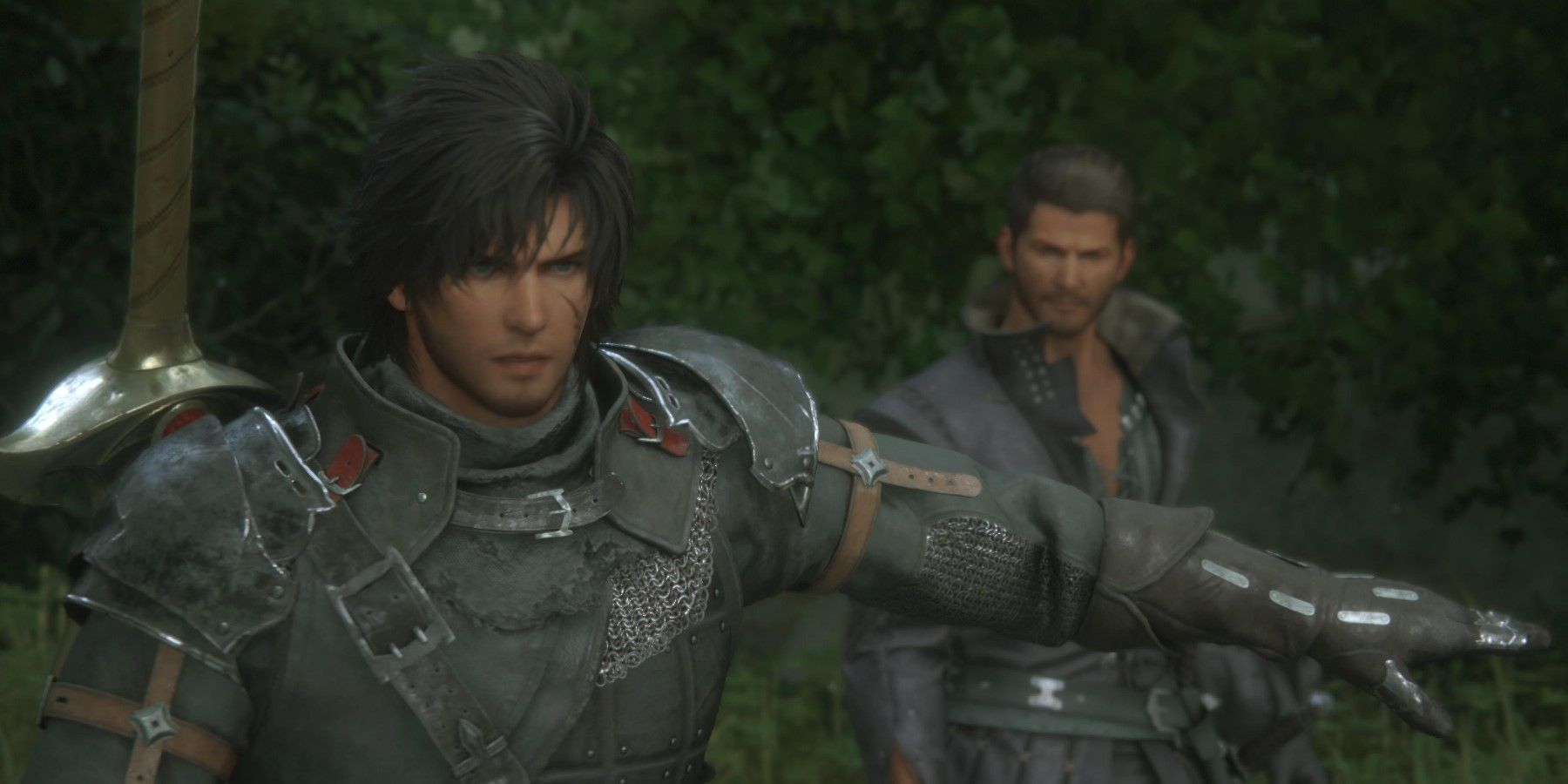The history of the proceeding series is scattered all across Final Fantasy 16, with the world of Valisthea itself resembling the design of Eos from the most recent title. Between the attempts at creating a Final Fantasy with a more open world and an ambiguous darkness descending from above, this latest title borrows plenty from the lands explored in Final Fantasy 15.
Square Enix's use of themes across its games, dissecting into what it means to be human and what it means to have been made or guided by an overarching power is prevalent in every entry in the Final Fantasy series. This often leads to each new world like Valisthea in Final Fantasy 16 reflecting the themes of previous titles, with Final Fantasy 15 especially influencing the secrets working in the background behind the political intrigue and continental warfare.
Re-imagining the Starscourge in Separate Steps
One of the largest comparisons between Final Fantasy 15 and 16 is in the way that the world is slowly being swallowed by a darkness that is making parts of the world uninhabitable. In Final Fantasy 15 this was the Starscourge that had slowly been blocking out the sun and forcing the night to last longer and longer each day. This darkness also came with a secondary issue, where the sickness that came along with the everlasting nights would turn people into daemons, some of which had been bred to be turned into mechanical soldiers.
A similar darkness spreads over Valisthea in Final Fantasy 16, separating the one-two punch of the Starscourge into two unique plagues that spread across the world. The first is the Blight, which is introduced early on as a condition where the aether is stripped from the land and leaves it incapable of sustaining any type of life. Second is the aether floods, first introduced in The Crystal's Curse mission as a natural phenomenon that can infect humans and other creatures and turn them into mindless beasts known as Akashic.
The origin of these curses that have spread across both Valisthea and Eos are also similar, with the darkness troubling humanity having been brought down from the sky. However, it is the motivation of the entities causing this damage that separates Final Fantasy 16 from its predecessor. Both of these plagues then have differing effects on protagonists Clive and Noctis, as the lead villains have differing plans for what to do with them and the world as a result of spreading this darkness.
Different Wars, the Same Old Story
On top of the plagues besetting Valisthea and Eos, the two worlds are also similarly caught up in what can only be described as bloody and destructive wars. However, while Final Fantasy 15 opens with an explosive end to the war, with Noctis navigating his homeland as it succumbs to the chaos that comes with an invading enemy force, Final Fantasy 16 follows its national conflicts closer and more intimately. Several of Final Fantasy 16's best villains are warmongers fighting for control over the dwindling living space still available on the dying world.
It's two drastically different perspectives on the ways that war ravages the countries it is waged in, even though both are able to view the effects from a grounded perspective. The main difference being that Clive Rosfield's conflict comes from trying to save the world from a force acting behind the scenes, rather than trying to fight back against a greedy empire looking to take control of the world. This in-depth look at the war in progress has led to a lot of comparisons between Final Fantasy 16 and Game of Thrones, whereas Final Fantasy 15 jumps into the fantasy fight against dark gods from much earlier on.
Final Fantasy 16 is available now for PS5.

